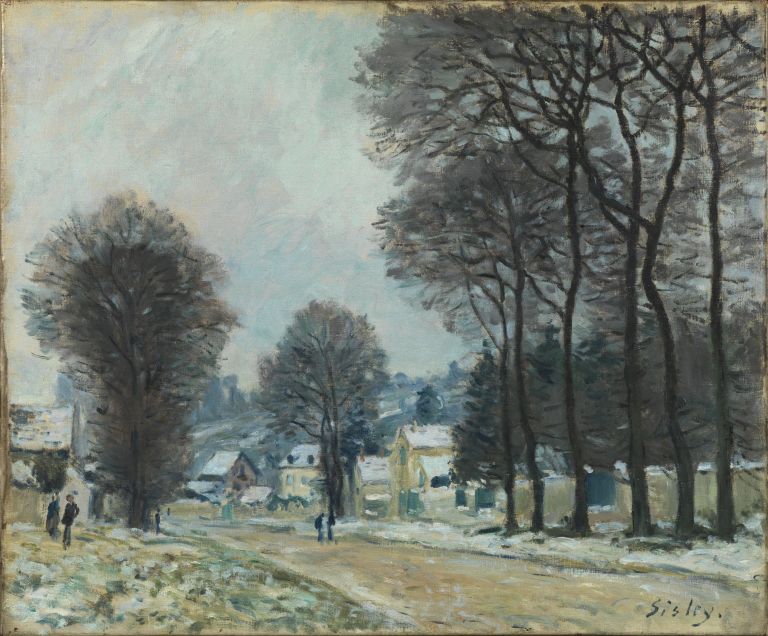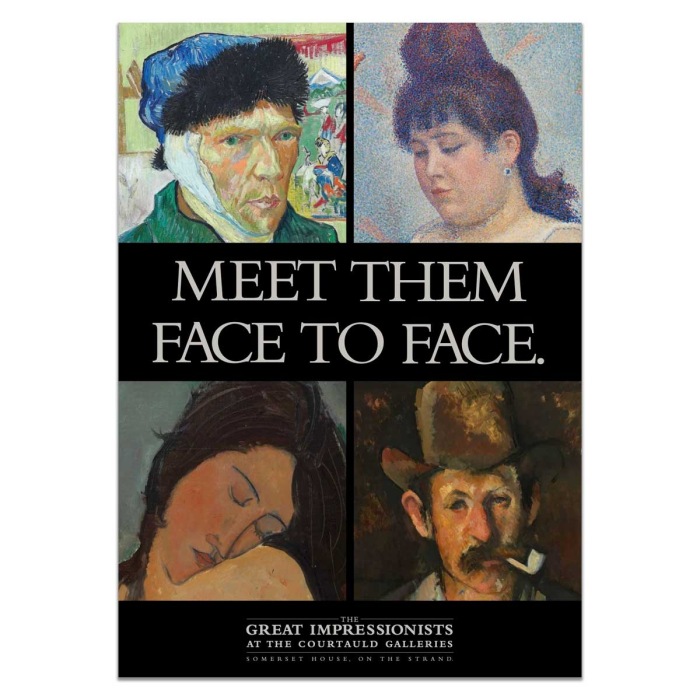
News Archive 2024
5 things you didn’t know about… Impressionism
Who were the Impressionists? How did they work, and what made them different? We now know all about Monet, Cézanne, Pissarro, and many more, and how their approach to art changed art history. To celebrate the 150th anniversary of the First Impressionist Exhibition, held in Paris in April 1874, read on to find out some things you may not know about the Impressionist movement.
The term was originally an insult
The group of artists we now know as the Impressionists came together to show their work in Paris in 1874, after having been rejected from the annual state-sponsored exhibition where artists’ reputation had typically been made. They wanted to promote a new way of painting and rented a small studio to display their work. Critics initially dismissed it as unfinished and too sketchy, giving only the impression of things, and not a finished, accurate depiction. This is in fact what the painters sought to do, with Monet calling one of his paintings Impression, Sunrise. The artists adopted the insult as their own and organised seven more ‘Impressionist’ exhibitions over the next decade.

A simple technical innovation made the movement possible
Up until the middle of the 19th century, artists were a bit stuck in their studios because the paints they used had to prepared right before they started to work (many artists had assistants do this, mixing ground pigments with oil to create a thick coloured paste). The invention of the small tin tube allowed oil paint to be stored without drying and squeezed out in small quantities as needed. Paint could be carried around easily, thus allowing artists to leave the studio and work out of doors. They could also use many different colours at a time.

Working out of doors could be challenging
Painting landscapes was an important part of the Impressionists’ mission. It enabled them to study the changing light on the same feature at different times of day for example, or to render reflections on the water with their characteristic short brushstrokes. Earlier painters had made sketches in nature but finished their landscape paintings in the studio. The Impressionists most often painted theirs entirely outside; bits of sand or insects are regularly found embedded in the paint. Monet even had a small boat fitted as a studio so he could paint views of the river. He was also one of the few Impressionist painters who continued to paint outside in winter, creating beautiful snow scenes.

The Impressionists were excited to represent modern life
In their formal training, painters were usually taught that certain themes were more worthy of being represented than others. These included religious or historical scenes (preferably from ancient Rome) and portraits of statesmen for example. The Impressionists argued that life around them was more interesting and set out to paint their surroundings and their friends, documenting the exciting developments that Paris was experiencing in the late 19th century. New cafés and places of entertainment were opening, department stores encouraged a new society of consumers, people spent more leisure time in parks, along riverbanks and on the coast, which they could reach thanks to the expanding railroad. Paris was an exciting place to be at that time, although the Impressionists also painted those exploited by this boom, such as impoverished factory and service workers.

England played an important role in the development of Impressionism
In 1870-71, many French artists settled in London, fleeing the Franco-Prussian war that had left Paris isolated and starving. In London, they were able to start painting again and expand their networks. It was in London for example that two Impressionist painters, Claude Monet and Camille Pissarro, met the French dealer that would become their champion, Paul Durand-Ruel. Thanks to him, Impressionist works were regularly exhibited in London throughout the 1870s and beyond. However, no gallery was buying these works and it wasn’t until the 1920s that Impressionism was properly represented in public collections in the UK, thanks to Samuel Courtauld’s purchases and support.






